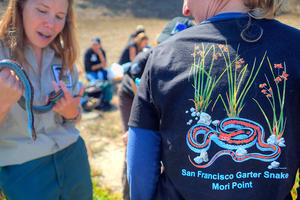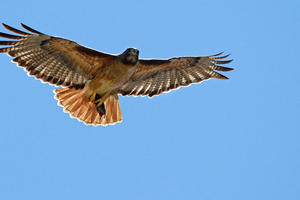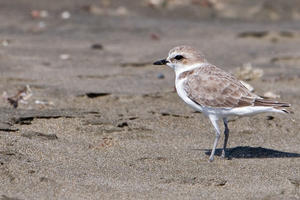
Landing a date is tough, especially when your species can’t use Tinder. These creatures in the Golden Gate National Parks go to great lengths—both figuratively and literally—to find a mate and reproduce.
This Valentine’s Day, go to your romantic engagement armed with these bizarre factoids. They’ll be sure to delight your date!
Warning: If you’re not yet of dating age or generally squeamish, the following might fall under the category of “TMI.” Proceed with caution.
Most Dramatic: Anna's hummingbird
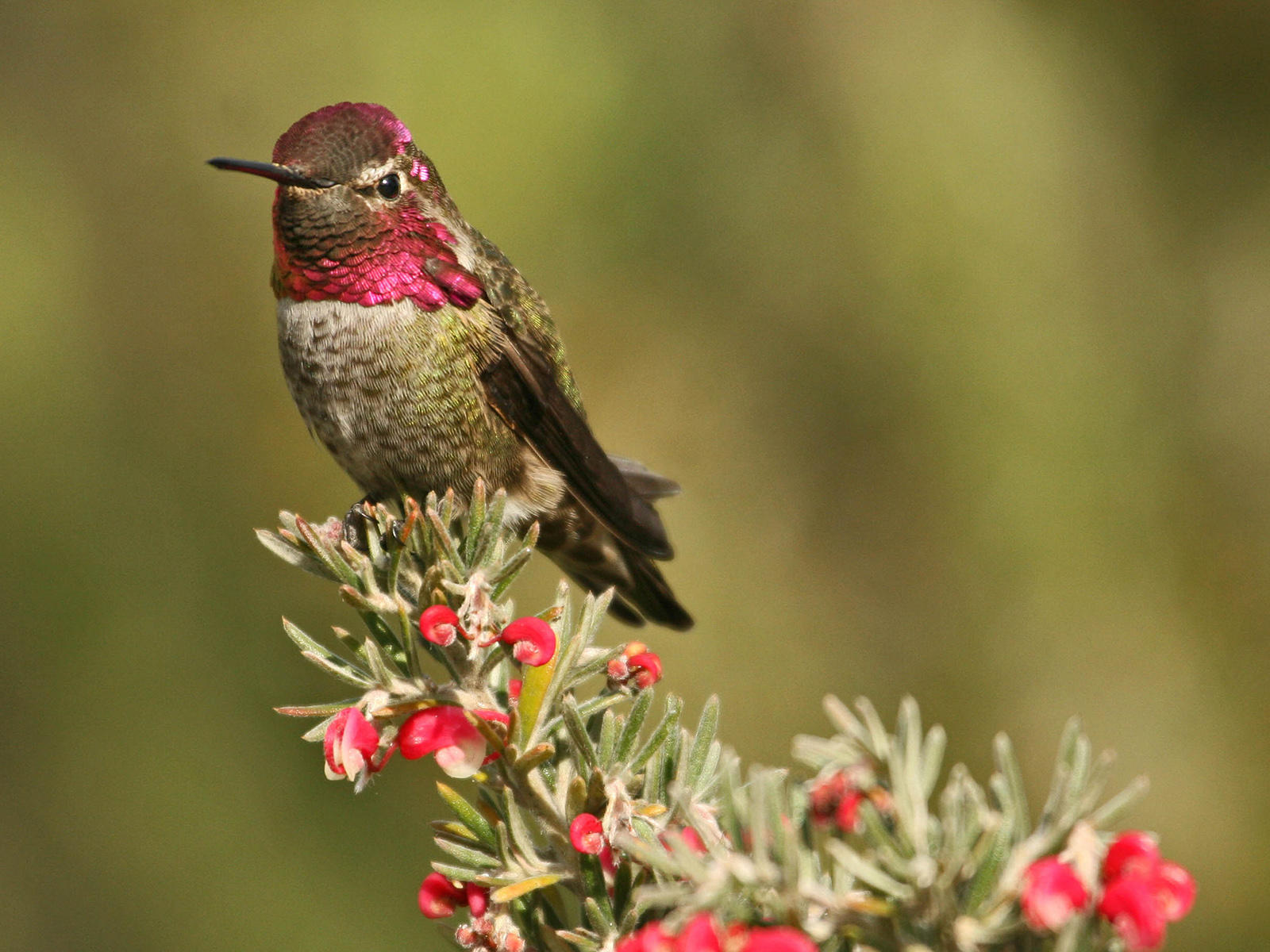
Anna’s hummingbird is one of the tiniest and most colorful members of the bird community in San Francisco Bay Area parks. They can feed on a wide variety of plants in urban and suburban areas, enabling them to flourish even in the wake of expanding human development.
But perhaps their most striking feat is the dramatic dive display put on by male Anna’s hummingbirds to attract females. First, he woos her with a a conspicuous, complex song to make sure he’s got her attention. Next, he ascends 130 feet into the air before plunging to the ground at breakneck speed, traveling nearly 40 times his length every second. As he zooms, his spread tail feathers make a special sound, louder than any of his singing. This offers an auditory cue to the female of how fast he is flying, and how fit of a mate he is. He pulls up in a sudden swoop just before the ground, putting jet pilots to shame. If his flight impresses her, he wins himself a mate.
Biggest heartbreak: Banana slugs

If you’ve ever hiked under the canopy of Muir Woods, you might’ve noticed a fluorescent beige slug crawling on the trail. These snot-colored creatures are banana slugs, aptly named due to their fruity, yellow-y pigment. Due to their glacial pace, it might seem like they live life on the slow side, but on the contrary, the mating habits of banana slugs make this mollusk a NSFW goldmine.
Banana slugs are hermaphrodites, meaning they have both male and female parts and produce both eggs and sperm. After a courtship of playful nips and a circular cottling (imagine a yellow, slimy hoop), both slugs will insert their penises into each other. Keep in mind that sometimes these penises are 6-8 inches long, about the same size as the slug’s body. Oh, and said penises emerge from each of their heads—yeah.
Sometimes, to disengage, one of them will gnaw off the other’s genitals—or their own.
And if you’re wondering why slugs with both female and male parts can’t just “go it alone,” they rarely “self-fertilize.”
Get a grip: Foothill yellow-legged frogs
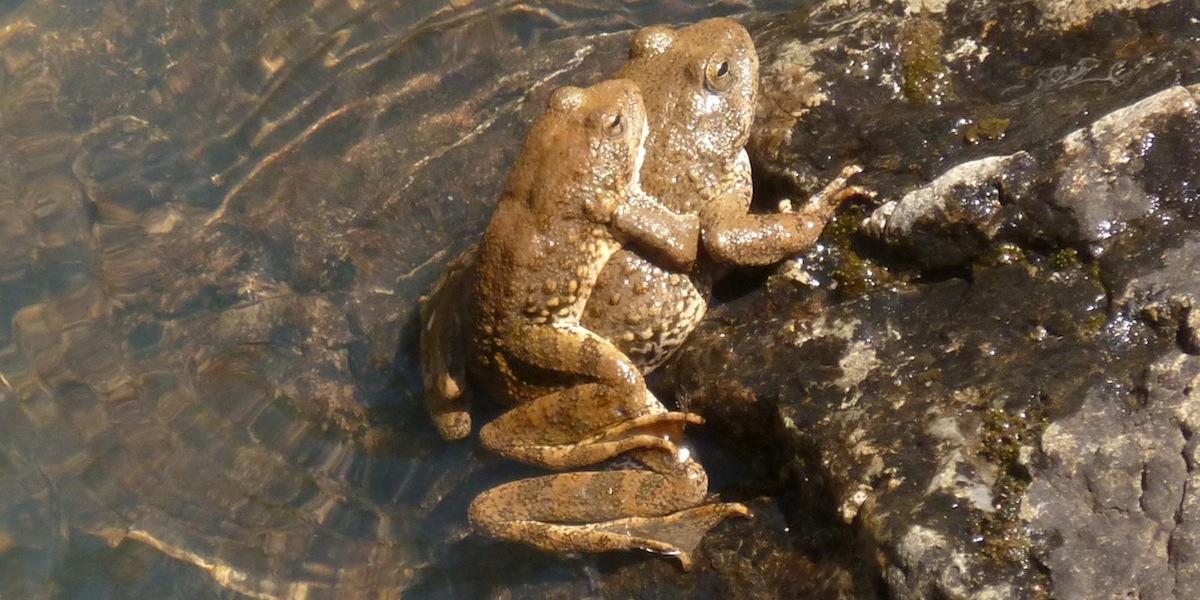
Marin County Parks, one of our partners in the One Tam initiative, has recently discovered a new population of this charismatic amphibian, which is listed as near-threatened by the IUCN Red List. In early spring, adult frogs congregate on rocky and sandy bars to mate. Males perform mating calls underwater, which carries the sound farther than on land. Once he’s attracted a female, the male has handy adaptations that help with mating. Hormonal changes during the mating season cause mucus glands to swell on the male frog’s forearms and thumbs, creating grippy bits (or “nuptial pads”) that help him snag and keep hold of a female during copulation. Talk about a clinger! Isn’t nature charming?
Once the male has a good grip and is making direct contact with the female, he fertilizes the eggs as they are released from the female’s body. This behavior is called amplexis, which is latin for “embrace.” How sweet.
On the prowl: Mountain lion
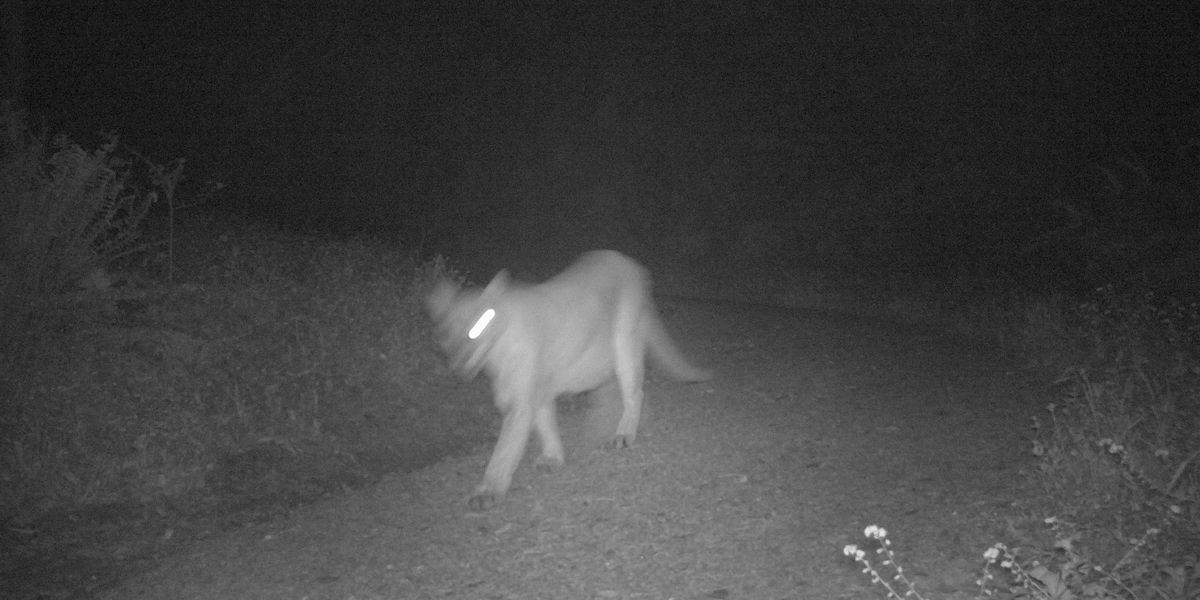
Mountain lions are few and far between in the San Francisco Bay Area. With solo territories that can range from 10-500 square miles, how do they find each other to mate?
The cats opt for communicating by scent, leaving potent cues for potential mates to find. Males scrape the ground with their hind paws to create a pile of dirt and material that will hold a scent, then urinate or defecate on the mound. This “scrape” becomes a visual and olfactory advertisement of their presence to females and their dominance of the territory. Scrapes may be found along solo travel routes, or function like community bulletin boards in areas where multiple animals overlap on the landscape.
Female mountain lions on the prowl visit scrape sites in search of potential mates. If they discover a recent scrape by a resident male, they may start scraping themselves to get his attention.
If scraping isn’t enough to locate each other, female mountain lions will yowl or “caterwaul,” making a loud, reverberant vocalization that can be heard up to five miles away.
When they finally meet, the pair spends a few days traversing the landscape together in roundabout “courtship circles.” They can mate as many as nine times in an hour and 70 times per day, taking full advantage of the limited period when a female is fertile. Then it’s back to solo life for the male, and the female gives birth to kittens a few months later.
Laziest bachelor: Barnacle

You may have spotted these arthropod encrusters along the rocky shores and tidepools of Bay Area parks and wondered: if these guys are stuck to the same rock all their lives, how do they find mates? Have no fear: They’ve evolved some pretty unique ways of circumventing that challenge.
Firstly, they are hermaphroditic, producing both eggs and sperm. This maximizes flexibility, which comes in handy when you can’t choose who your neighbors are. Their next asset is their extraordinarily long penises, which can extend to over eight times the length of their bodies. They can use these nifty appendages to reach around and deposit sperm in the mantle cavities of barnacles nearby. Yep, they can fertilize eggs without moving anything but their extra-long penises.
But sometimes neighbors are too far away, even for one of the longest penises in the animal kingdom to reach. In that case, some barnacles are capable of releasing sperm into the water for other barnacles to fertilize their eggs with, a method known as “sperm-casting.” Really, they’ve got all the bases covered to make sure they never have to move.
DRUMMING UP LOVE: Water striders
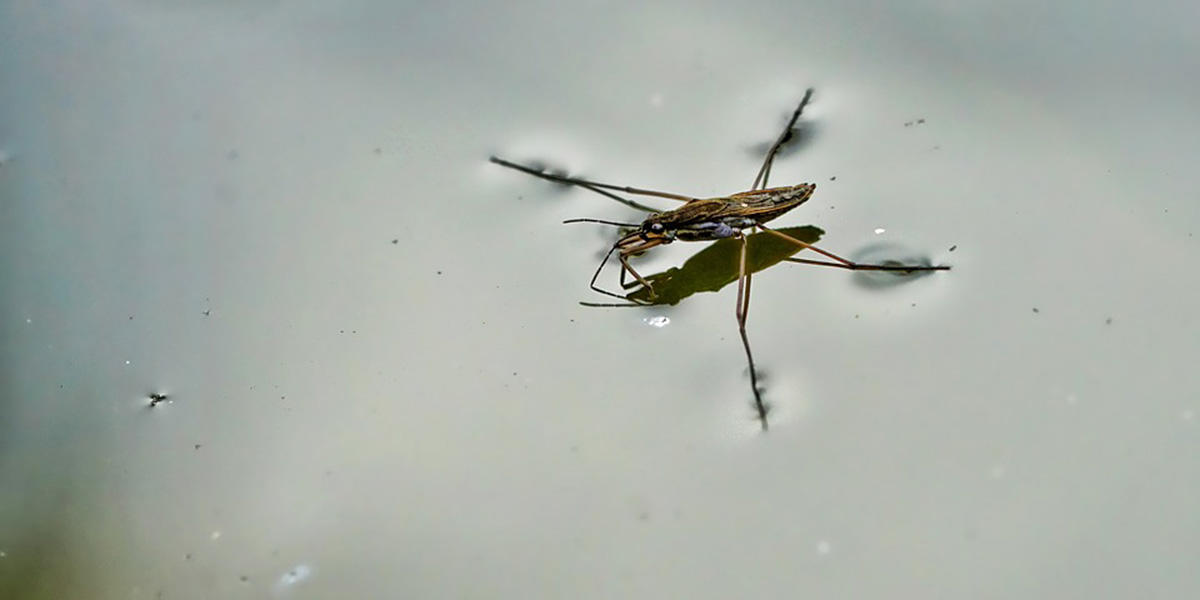
Most people aren’t big fans of insects, and after reading this bit you might be even less of a fan of the water strider. Water striders are insects that, much like their name suggests, use their lightweight frames and the hydrophobic (water-repelling) hairs on their legs to skate on top of the surfaces of bodies of water. During mating season, male water striders tap on the surface of the water at varying frequencies to both attract females and deter the competition of other males. When a male finds a female he would like to mate with, the male will sometimes tap on the water’s surface nearby to show his interest. If the female does not reciprocate, the male may continue tapping on the surface of the water until the female agrees to mate with him. Unfortunately, this tapping can also sometimes grab the attention of their predators. The faster the female agrees to mate, the more likely the two will not be consumed by a hungry fish or frog.
San Francisco Park Stewardship Intern Gabriel Tigreros contributed to this article.


